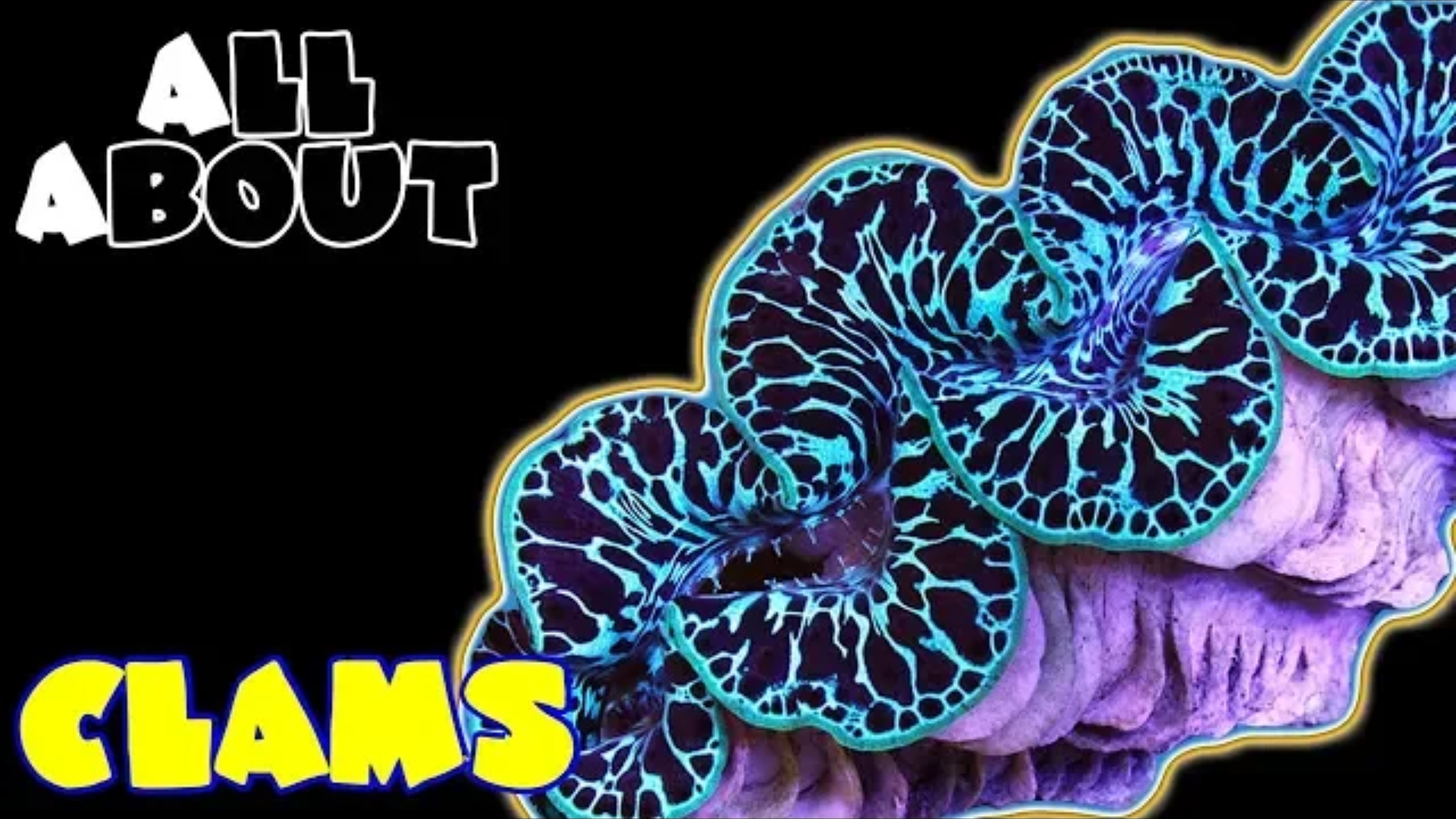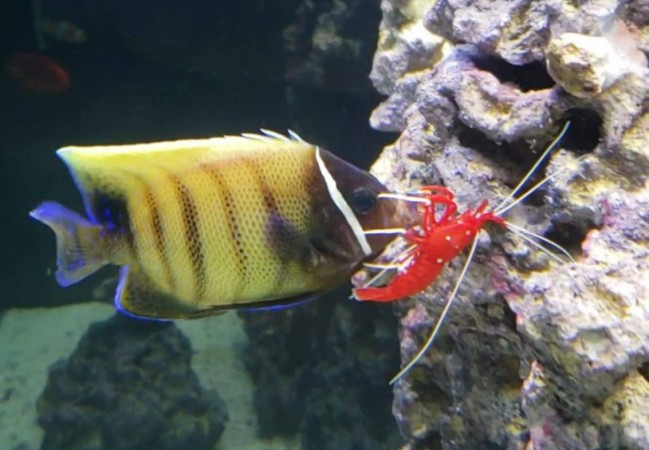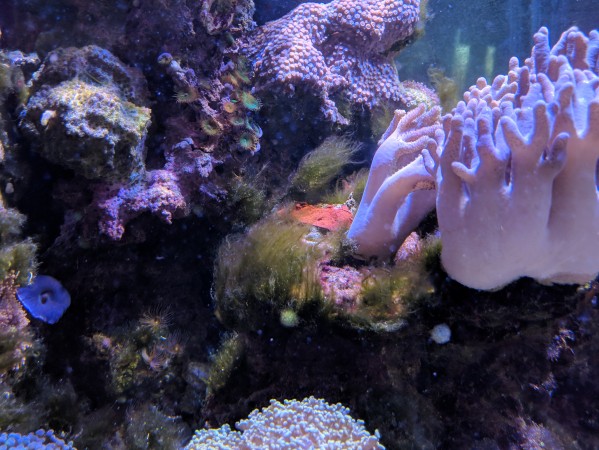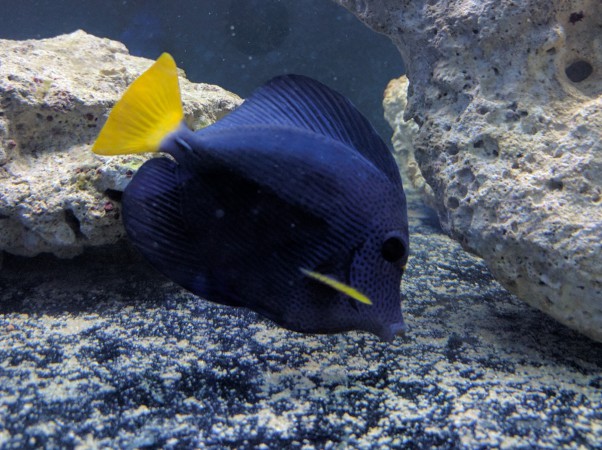- Name:
Cleaner Clam
- Family: Veneridae
- Species: Clam
- Scientific Name: Mercenaria mercenaria
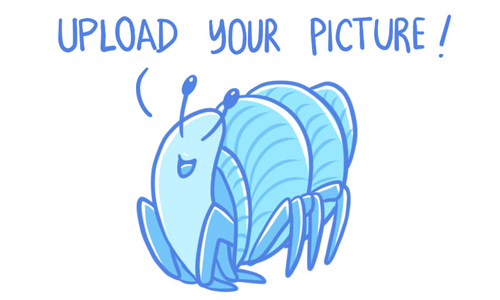
General info about Cleaner Clam
Cleaner Clam Diet & Nutrition
This bivalve is a filter feeder and will not live without particulate food, they don't directly absorb nitrogen products like a photosynthetic clam can. They only consume the little organic particles that can lead to nitrates. They do so by sucking water in and passing it over their gills then expelling the filtered water, a large clam can filter about one gallon an hour. While they can be an excellent thing to help keep nitrates low. The chances of long term survival in tanks that do not contain or are not being fed particulate foods are pretty slim for the long term. Their mainstay in the wild is plankton. If your tank does not have or get dosed with this, an alternative route to controlling nitrates should be sought.
Cleaner Clam Origin
Their native distribution is along the east coast of North America, from the Gulf of St. Lawrence into the Gulf of Mexico. However, it has been introduced to other areas including the coasts of California, England, Humboldt Bay, and Southern Brittany.
Original Detail
| Name | Species | Family | Scientific Name | More Detail | Added by |
|---|---|---|---|---|---|
| Cleaner Clam | Clam | Veneridae | Mercenaria mercenaria | The Cleaner Clam, Mercenaria mercenaria, is a durable, beneficial, and functional addition to any tank. They are diligent water-cleansers and algae-eaters. Cleaner clams are essential members of any janitorial crew. They do not require light as they will spend much of their time burrowed under a sandy substrate.
The Cleaner Clam often goes by many names, Hardshell clam, Quahog, littleneck, cherry stone, and chowder. Usually used in relation to size; smallest being littleneck, then cherry stone, then chowder. Quahog is the all-encompassing name. Researchers estimate that the largest quahogs (4 inches or more in length) are as much as 40 years old.
Cleaner clams can also be great live food for other larger predatory organisms - so keep away from these types of tank mates if you do not want your clam to get eaten.
It is advisable to keep them in at least 5 Gallon tanks. They are peaceful species.
|
Admin |


